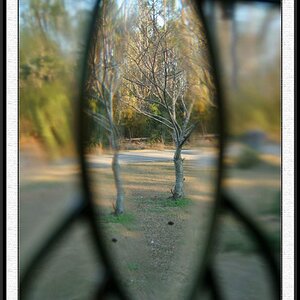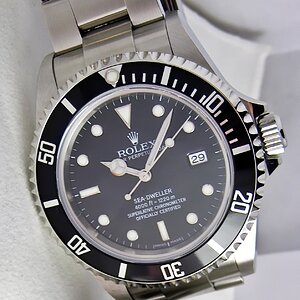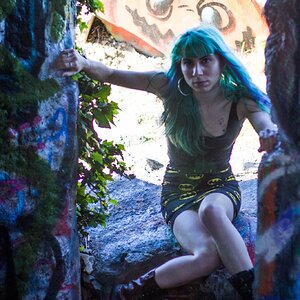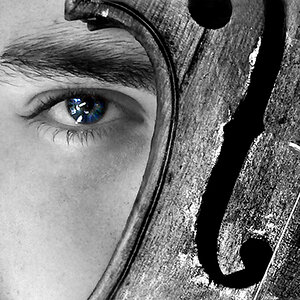- Joined
- Nov 24, 2011
- Messages
- 1,514
- Reaction score
- 554
- Location
- Downtown Volney Center
- Can others edit my Photos
- Photos OK to edit
http://lens.blogs.nytimes.com/2015/...RK&kwp_0=20768&kwp_4=133696&kwp_1=157037&_r=0
....lol,i think i did better than #7 with my 1st copy of PSP
....lol,i think i did better than #7 with my 1st copy of PSP
Last edited:


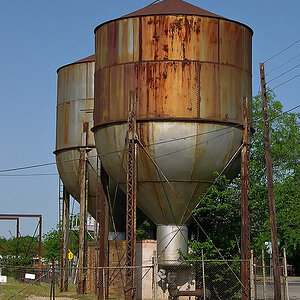
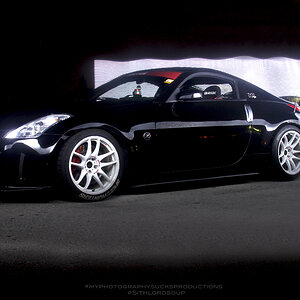
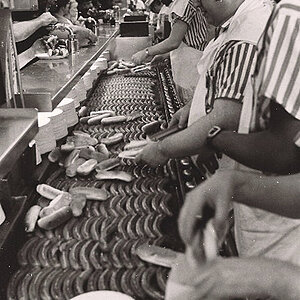
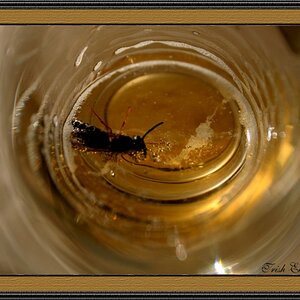
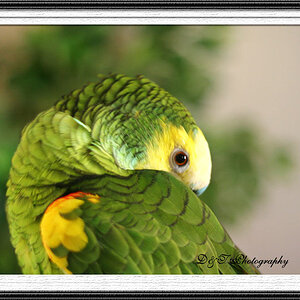
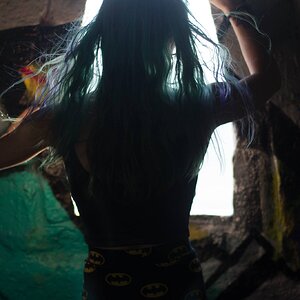
![[No title]](/data/xfmg/thumbnail/35/35669-485de67e98a042d63d728593720828a0.jpg?1619737091)
![[No title]](/data/xfmg/thumbnail/31/31036-0a0c3867fff22fb2065056d7aeea64ed.jpg?1619734581)
